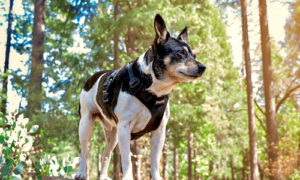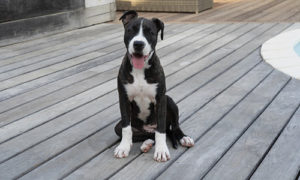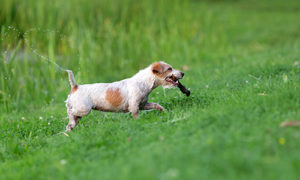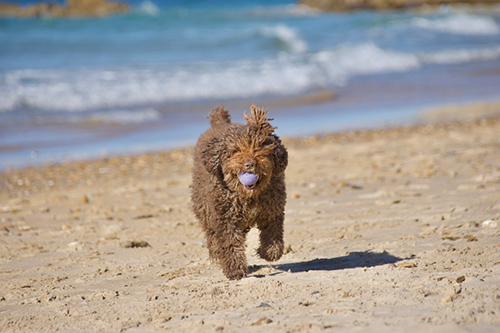
The Spanish Water Dog’s early history is primarily speculative, with various theories indicating their ancestors were from Hungary, Spain, North Africa, and even Turkey. References to the dogs in literature were found by 1100 A.D. The dogs were used for different purposes in the Iberian Peninsula. They were all-purpose water dogs in the Northern Coastal regions and fishing ports, jumping into the water and retrieving fishing nets, fishing tackle, and mooring lines. The breed may have also been utilized as hunting dogs.
Spanish Water Dogs hunted and guarded sheep, cattle, goats and perhaps hunted small game in the Central and Southern regions. Unfortunately, many dogs were driven out of work because of the Industrial Revolution. The tasks were taken over by mechanical means and destroyed coastal fishing due to pollution. However, few dogs remained working as herders. Thankfully, in 1975 two enthusiasts decided to revive the breed.
They collected dogs from all areas but mostly gathered Andalucian herding dogs. A breed club was established in Spain in 1980, and the Spanish Kennel Club recognized the dog in 1985. In America, the breed was accepted by the UKC in 2001 and finally the AKC in 2015. This dog is incredibly versatile; other than herding, they are also used as search, rescue, drug, explosives, and detection dogs. In addition, they have also been trained as circus performers.
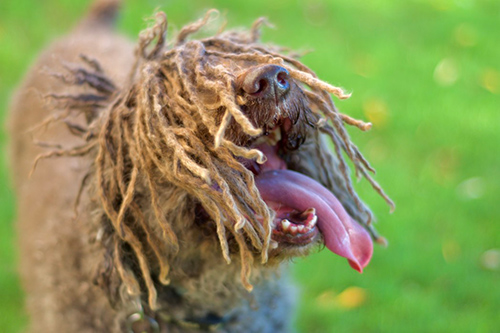
Breed Standard
The Spanish Water Dog is athletic and medium-sized with moderate bone and slightly rectangular proportions. It has a strong, slightly arched neck, a straight, powerful back, and a broad chest reaching the elbows. The dog’s legs are strong, the feet are round and compact, and the angulation of the rear and front quarters are balanced.
The tail is usually docked, but some Spanish Water Dogs are born with a natural bobtail. The dog’s skull is flat and broad, and the wide muzzle tapers slightly; the skull and muzzle planes are parallel. The breed’s triangular drop ears are set at eye level. The color of the nose matches or is slightly darker than the darkest coat color. Its expressive eyes can be any shade of brown, depending on its coat color.
Breed Facts
| Energy level | Watchdog ability | ||
| Exercise requirements | Protection ability | ||
| Playfulness | Grooming requirements | ||
| Affection level | Cold tolerance | ||
| Friendliness toward dogs | Heat tolerance | ||
| Friendliness toward other pets | Friendliness toward strangers | ||
| Ease of training |
- Popularity: very rare
- Family Group: waterdog
- Country of origin: Spain
- Date Developed: at least 1100s
- Original Purpose: versatile herder, farm dog, waterwork
- Current Function: herding, companion
- Other Names: Perro de Agua Espanol, Turco Andaluz
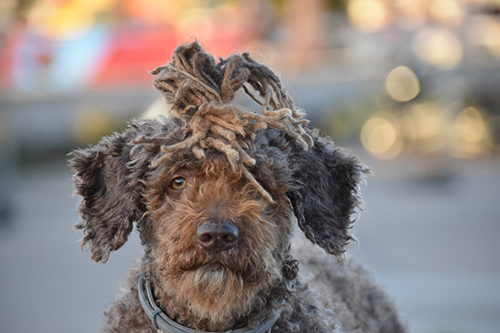
Activity Level: High. These dogs are highly athletic and energetic and are best suited to active families who can provide for their exercise needs. They’re an excellent choice for dog sports such as tracking, herding, flyball, water sports, obedience, and agility.
Grooming: The dog’s coat is never washed or combed. Spanish Water Dogs are bathed as needed and allowed to air dry. The cords need some maintenance to prevent matting and are usually sheared very short once or twice per year. Clean the ears and eyes regularly. Do Spanish Water Dogs shed? No. In fact, these dogs are among the few hypoallergenic dog breeds.
Coat: The breed’s characteristic woolly, single curly coat hangs in natural curls and may form cords. The entire head and body should be covered with hair. This is a nonshedding, low-dander coat. Many people consider this dog a member of the dreadlock dog breeds.
Color: Shades of black, brown, white, or beige, parti-color, black, brown, or beige with white.
Group: Herding
AKC Recognition: 2015
Breed Temperament
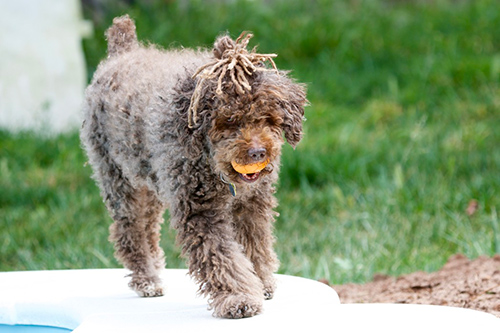
The parent club describes the breed as a “Velcro dog,” it thrives on human companionship and attention and will become attached to one person in the household. The Spanish Water Dog’s strong will and need for physical and mental stimulation require a structured routine. These dogs love doing everything with their family members but will attempt to herd small children.
Therefore, make sure to socialize with all children in the home. They can be wary of strangers but should not be aggressive or shy. The breed is protective, sensitive, and observant, making it highly responsive to positive training methods. Make sure to have secure and escape-proof fencing for this inquisitive breed.
The Spanish Water Dog is high-energy and loves challenges and activities. It is brilliant with an intense desire to please. It gets along well with other pets and dogs. They make excellent watchdogs.
Health
- Main Problems: CHD, allergies
- Minor Issues: hypothyroidism
- Rarely Seen: congenital hypothyroidism with goiter (CHG), exocrine pancreatic insufficiency, PRA, cataract, distichiasis
- Recommended Tests: DNA for CHG, DNA for PRA, eye, hip, autoimmune thyroiditis test
- Life Span: 12 years
- Weight: 31 to 48 pounds
- Height: male—17.5 to 19.75 inches; female—15.75 to 18 inches
Breeder and Buyer’s Advice
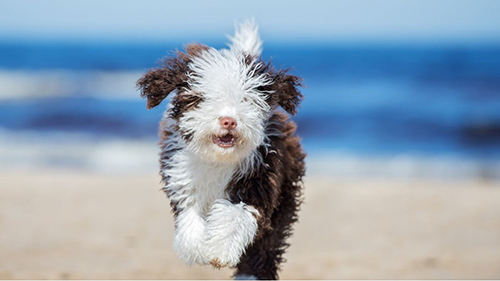
Make sure to educate yourself about the breed and breeders before finding Spanish Water Dogs for sale. Do not neglect to ask the breeder about health clearances. Consider joining the parent club to learn more about preparing for the breed.
The price of a puppy will depend on the breeder and the dog’s pedigree. You can also find breeders in your area by typing “Spanish Water Dog for sale near me” into Google or another search engine.
Parent Club: Spanish Water Dog Club; founded in 2004
Rescue: Find more information about rescue and dog adoption on the parent club’s website


